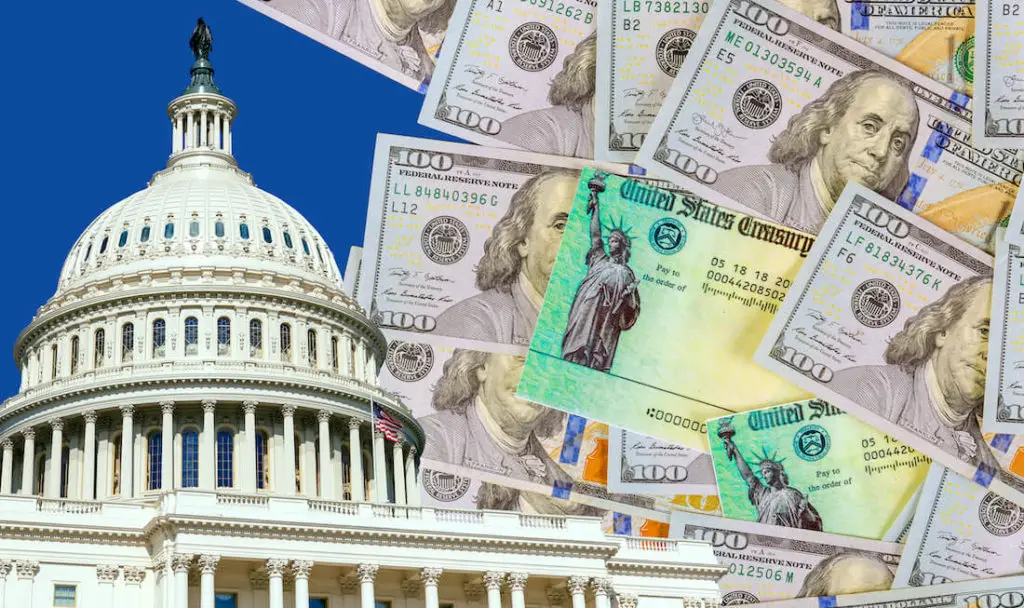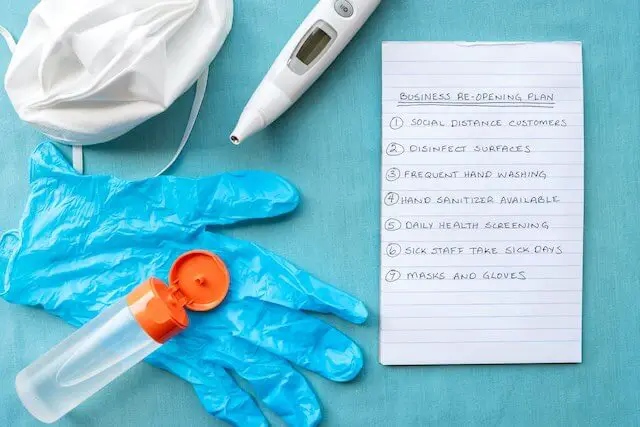Federal employees will have an additional paid leave benefit from the $1.9 trillion dollar COVID-19 stimulus bill that recently became law.
President Biden has signed the American Rescue Plan Act of 2021 (H.R. 1319) into law.
In addition to more stimulus checks, the bill contains a key provision that is being uniquely offered to federal employees: emergency paid leave.
$570 Million Emergency Paid Leave Provision
The legislation provides $570 million in additional funding to support an additional 15 weeks of paid leave at $1,400 per week to all federal employees, including Postal Service employees, for COVID-19 related reasons for themselves and their families through the end of the current fiscal year (September 30, 2021).
Federal employees qualify for the paid leave if they are subject to a COVID quarantine order, are experiencing symptoms themselves, or are caring for an individual with COVID-19.
The leave will also apply when federal employees are unable to work when caring for their children. For federal employees that have a child that is not attending in-person classes due to the school being closed for COVID-19 or because “the school of such son or daughter requires or makes optional a virtual learning instruction model or requires or makes optional a hybrid of in-person and virtual learning instruction models, or the child care provider of such son or daughter is unavailable, due to COVID–19 precautions,” the leave benefit would also apply.
The legislation also states that federal employees can qualify for the paid leave if they are “caring for a family member with a mental or physical disability or who is 55 years of age or older and incapable of self-care, without regard to whether another individual other than the employee is available to care for such family member, if the place of care for such family member is closed or the direct care provider is unavailable due to COVID–19.”
And lastly, the paid leave can also apply if federal employees are unable to work due to “obtaining immunization related to COVID–19 or is recovering from any injury, disability, illness, or condition related to such immunization.”
The bill states that the paid leave is not to exceed 600 hours for each full time federal employee. The leave would be paid at the same hourly rate as other leave payments and “may not be provided to an employee if the leave would result in payments greater than $2,800 in aggregate for any biweekly pay period for a full-time employee, or a proportionally equivalent biweekly limit for a part-time employee.”
The legislation as written also notes that this COVID-19 paid leave is in addition to any other leave provided to an employee and “may not be used by an employee concurrently with any other paid leave.”
It also adds, “Any paid leave provided to an employee under this section shall reduce the total service used to calculate any Federal civilian retirement benefit.”
Ultimately, federal employees interested in taking advantage of this new leave program will need to seek advice from their local human resources office as to whether or not they qualify and how it will work in their personal situation.
$1,400 Stimulus Checks
The $1.9 trillion spending bill also includes another round of stimulus checks to be sent directly to Americans by the Internal Revenue Service. Assuming the bill becomes law this week, the payments are expected as soon as the end of March.
Payments would be $1,400 for individuals making up to $75,000 per year and $2,800 for couples making up to $150,000 per year. Eligible families will also receive an additional $1,400 payment per child and adult dependent, amounting to $5,600 for an average family of four.





